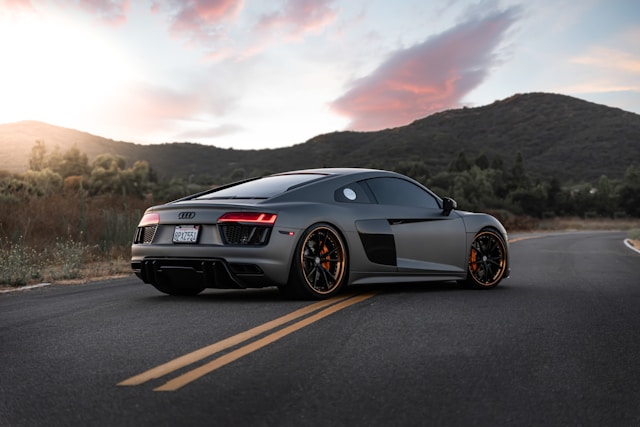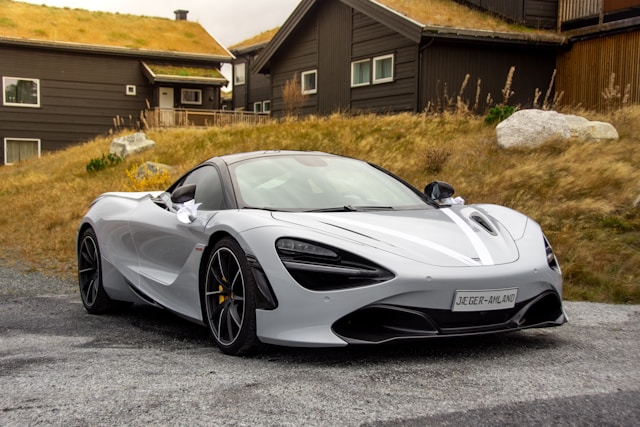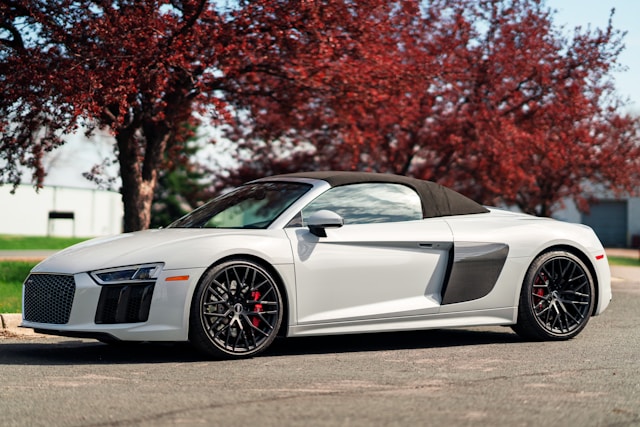World Touring Car Championship
The WTCC, World Touring Car Championship, reached a point of no return. The absence of official teams with brand support, after the departure a few years ago of Chevrolet, then Citroen and finally LADA, left the category with only two brands involved, Honda and Volvo, and the category about to close.
To avoid this, the competition organization – Eurosport – had to give in and hire an old acquaintance of the category, Marcelo Lotti, founder of the TCR. Thus, the WTCC mutated into the WTCR, a wholly renewed category with customer cars as the central axis of the competition: equality, power and cost savings.
The TCR as an Alternative To Traditional Competitions

We owe its foundation to Marcelo Lotti, head of the World Touring Car Championship (WTCC) until he had to leave through the back door of the event that he had refounded. After his departure, he got to work to create a championship with the keys to success.

With the Seat Leon Supercopa as an example, he tried to capture the DNA of the category to create a regulation -TCR- that gave its name to the championship. The magic formula was based on the adaptation for the competition of body models with four or five doors, an engine of up to two litres of gasoline or diesel, front-wheel drive, a maximum of six speeds and a minimum weight of between 1,250 kg and 1,285, depending on the gearbox.

The cost is less than 100,000 euros. A dynamic test is carried out on the track by a “neutral” professional driver to determine if a model performs above the rest. If any of them stand out, what is known as Balance of Performance is applied, which limits the car’s potential.
The WTCR was Born from the Union of the WTCC and the TRC.
With the WTCC in low moments after the escape of brands and the TCR International in full swing, the union of both championships was the most logical step. In this way, the International Automobile Federation maintains a World Touring Car Championship – Cup for now – at a time when survival seems the main objective.
Eurosport, the organizer of the WTCC, welcomes back an old friend for this stage. The model proposed by Lotti has been imposed on traditional races, and now they only have to work together on the category’s future.
Several Models To Choose From
To face the 30 races that make up the 2018 WTCR calendar, the drivers have had several models to choose from -let’s remember that the teams/drivers buy the cars from the manufacturers but do not intervene with an official program-.
More and more brands have adapted some models to the TCR regulations. CUPRA TCR, Audi RS 3 LMS, Hyundai i30 N, Honda Civic, Peugeot 308, Volkswagen Golf GTI and Alfa Romeo Giulietta have been chosen. However, there are more, such as the KIA Cee’d or the Opel Astra.
As a novelty, there is a change of terminology from the famous SEAT Leon CUP Racer to the CUPRA TCR after the division of the sports section of the Martorell brand. SEAT was one of the first brands to bet on this championship, one of the most requested, one that has won the most victories so far and has set the pace in the preseason tests held at the Circuit de Barcelona Catalonia.
Looking to the future, CUPRA has presented the first 100% electric TCR model that could compete in the championship as part of a parallel category in the coming years.
© 2024 Tcruk. Built with ❤️ using WordPress and Kubio Theme.
